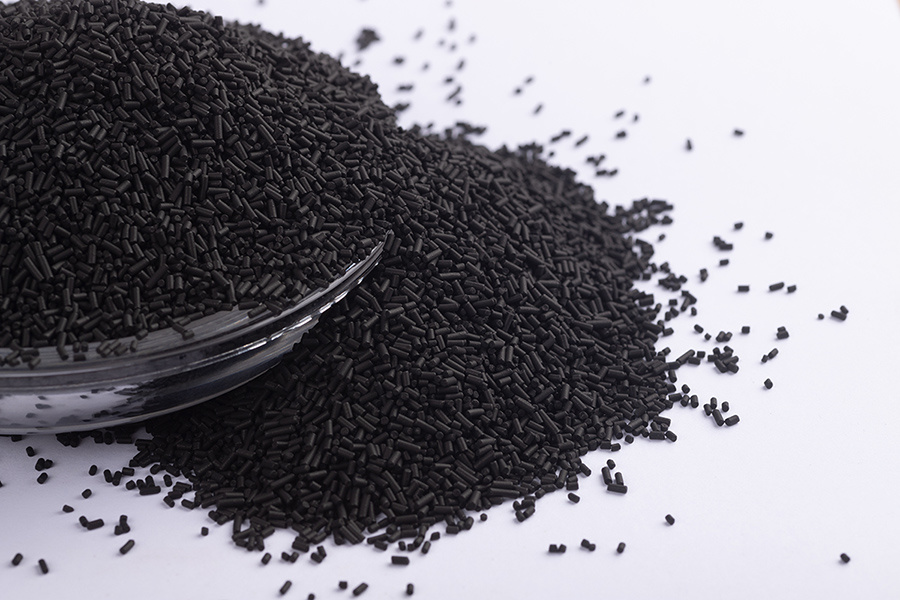Carbon Molecular Sieves Explained: How They Work and Why They Matter
Carbon Molecular Sieves (CMS) are advanced porous materials designed to separate gases based on molecular size and shape. Unlike regular activated carbon, CMS features precisely controlled pore sizes that selectively adsorb smaller molecules (like nitrogen or oxygen) while excluding larger ones. This makes them invaluable in industries such as gas separation, air purification, and petroleum refining.

How Do They Work?
CMS operates through kinetic separation. When a gas mixture (e.g., air) passes through the sieve, smaller molecules (e.g., oxygen) diffuse into the pores faster and get trapped, while larger molecules (e.g., nitrogen) pass through. This principle is key to pressure swing adsorption (PSA) systems, which produce high-purity nitrogen or oxygen for medical, industrial, and chemical applications.
Why They Matter
CMS technology enhances efficiency in gas separation, reducing energy costs compared to cryogenic methods. It’s also critical in environmental applications, such as biogas upgrading and carbon capture. As industries seek greener solutions, CMS plays a growing role in sustainable processes.
In short, Carbon Molecular Sieves are a cornerstone of modern gas separation, combining precision, efficiency, and environmental benefits. Their continued innovation promises even broader applications in the future.
Related News

TOP



